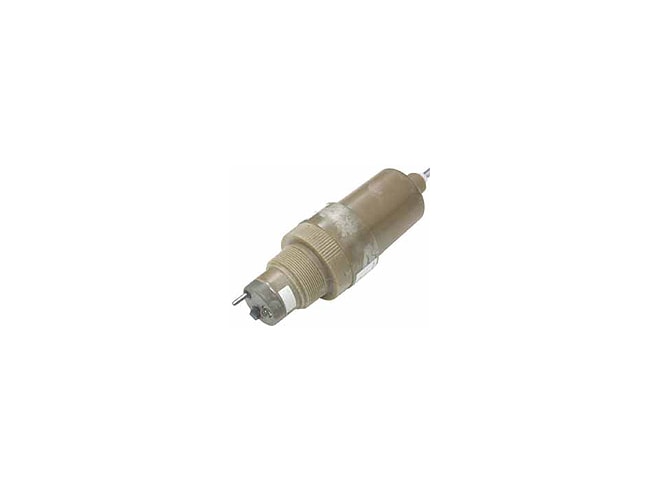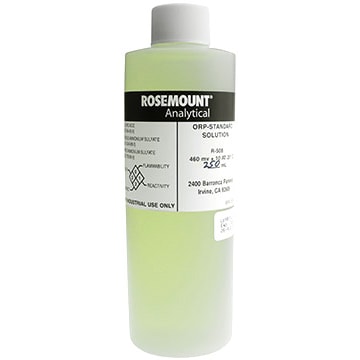Rosemount Analytical Model 381 pH / ORP Sensor
Insertion / Submersion, easy removal, transmission capability up to 1000ft.

Overview
Features
- Modular design
- Double-junction, Gel-filled reference
- Molded polyethersulfone body
- No mounting brackets and extraneous hardware needed
- Optional flow-powered cleaning
Description
The Rosemount Analytical Model 381+ Sensor measures the pH or the Oxidation Reduction Potential (ORP) of aqueous solutions in pipelines, open tanks, or ponds. The sensor is suitable for use in most indus trial applications, including water and waste treatment plants.
The Model 381+ features a stainless steel solution ground. The solution ground provides advanced sensor diagnostics for preventative maintenance when used with the Models 54e pH/ORP and 1055 analyzers and 81, 3081, 4081, 5081-P, and Xmt-P pH/ORP transmitters. Sensor diagnostics result in time and money savings by reducing the guesswork in sensor maintenance and replacement requirements.
The sensor is housed in a molded PES body and has two O-ring seals with breach lock threads that secure the PES cover. This provides a waterproof union for long operating life and easy removal for routine maintenance.
The modular body design eliminates the need for internal mounting brackets, terminal brackets, and screws. All components are screw-type or plug-inplace, allowing for fast simple service.
The integral preamplifier conditions the high impedance glass elec trode signal at the sensor, providing a transmission capability of up to 1000 ft (304.8 m). The Rosemount Analytical method of preampli fication has become the industry standard for reliable pH measurement. In submersion applications at temperatures greater than 80°C, the preamplifier must be located in a remote junction box or in the instrument.
A double-junction, gel-filled reference cell, a standard feature of the Model 381, improves sensor life when unknown reference cell contaminants, such as sulfides, may exist. The gel solution maintains its viscosity at high temperatures, and resists the effect of pumping and dilution, resulting in an extended service life. A choice of a wood or ceramic liquid junction allows the user to optimize performance by emphasizing reference life (wood) or chemical resistance (ceramic).
In many flow applications, crystalline or viscous coatings are present, such as calcium carbonate or petroleum oils, which may coat the electrode surfaces and impede the sensor's performance. The flow-powered cleaning option may be used in these instances. A specially designed flow chamber directs the process fluid in a circular path carrying three Teflon balls that clean the electrode surface, physically preventing accumulation of coating materials. Flow-powered cleaning is suitable for all hazardous area applications.
Documents
Accessories
Cables
Accessories
Please consider these optional accessories.
Applications
This product can be used in the following applications:
Need Help? Call a Flow engineer at 1-800-884-4967
We're open 8:00 am to 5:00 pm ET

















